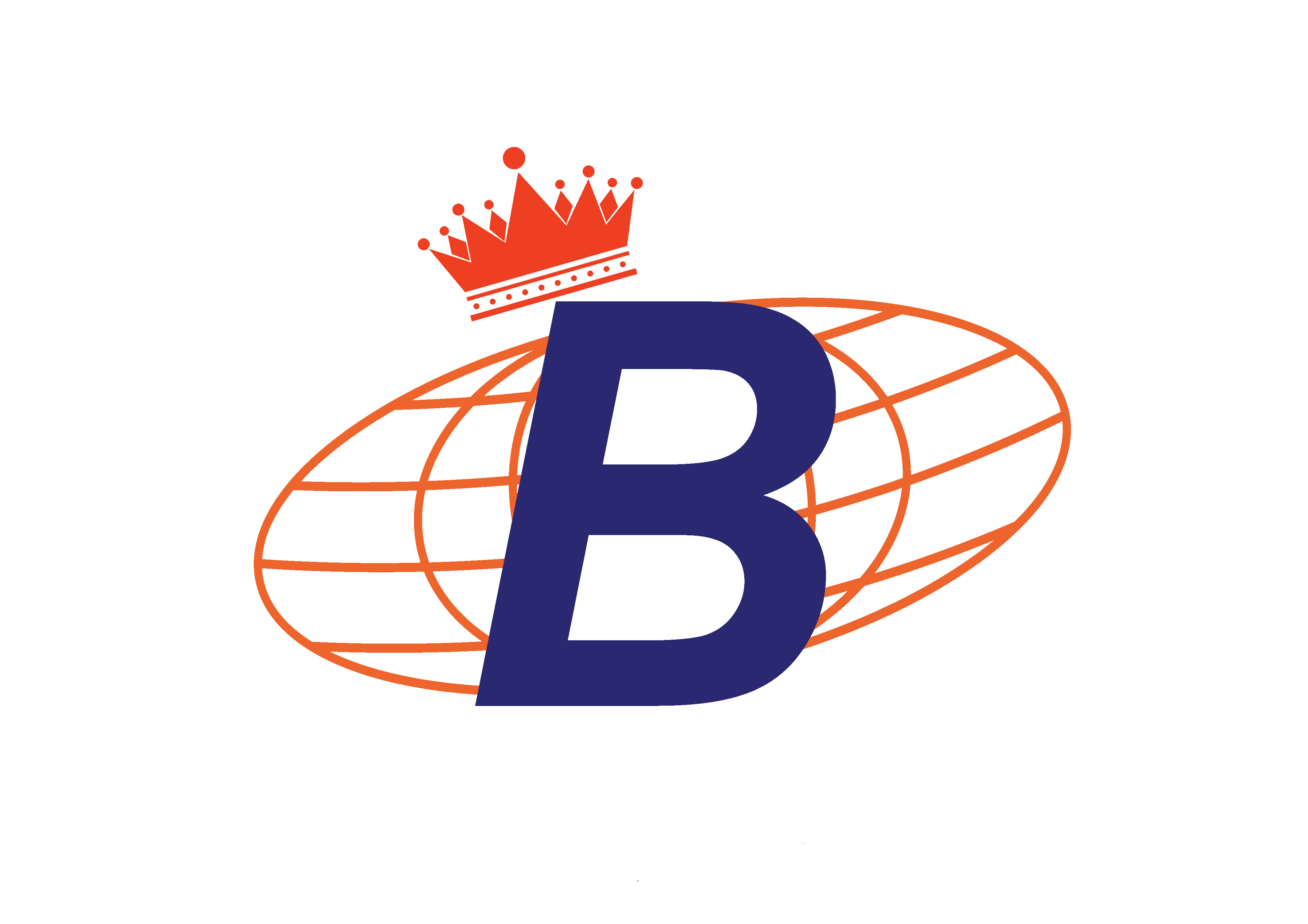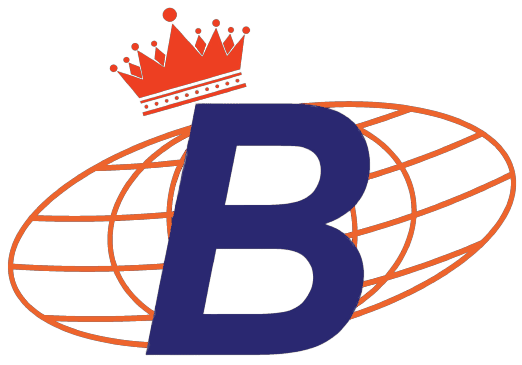The Value of Mentoring in Gender Leadership

Mentoring programs for women in Gender Leadership provide them with the support and guidance they need to advance in their careers and triumph over obstacles they face on the job. Mentors may help mentees in many ways, including navigating the job, expanding their professional network, and gaining the confidence and competence to take on leadership responsibilities.
Some studies have found that men and women generally display different leadership styles, which may be influenced by gender. These variations, however, are based on averages, so they might only be relevant to some.
Gender Leadership
When people’s gender expectations and personal views on gender clash, gender becomes an important factor. Schneider, Bos, and DiFilippo recently studied gender differences in perceptions of leadership qualities.
Several characteristics, some more commonly linked with males and others with women, were listed as qualities that respondents rated highly in leaders and women in general. Researchers discovered that people’s varying opinions on what makes a good leader and a woman were predictive of how they would rate female candidates.
Someone may penalize a female leader for displaying aggressiveness if they see aggressiveness as a quality in a good leader but not in a woman.
How Leaders Can Handle Negative Feedback
Great Leadership is Genderless.
A good leader requires a combination of traditionally “female” and “male” traits, even if some leadership qualities are more commonly associated with men and others with women. A good leader instills the correct principles in a company, makes good decisions based on those principles, and keeps the culture alive by giving everyone a fair share of challenges and opportunities for advancement.
A leader with this quality creates a work atmosphere that values and embraces variety. This requires diverse people, including both sexes, with different perspectives, histories, and ways of seeing problems. This ensures that the most innovative solutions are always considered.
I’ve done my best to foster an environment where this culture can grow organically at work. Even though my field is traditionally dominated by women, we have achieved a remarkable level of gender parity in leadership roles.
Our culture promotes the most qualified candidates for open positions without regard to their gender, which is why we do not have a quota for female leadership.
Simultaneously, it is undeniable that women in corporate settings typically face far more formidable obstacles than males.
Even if biotechnology has made great strides, society still expects women to fulfill stereotypically feminine duties such as mother, chef, house organizer, school volunteer, and planner.
As if that weren’t bad enough, women still face sexism, harassment, inappropriate comments about their looks, and “mansplaining” when they meet with male colleagues. Women who break past the glass barrier face additional obstacles, such as being called “too cold and pushy” for being aggressive and “not really leadership material” for seeming sympathetic and attentive.
This is true across many sectors and corporations.
What We Can Learn From the Lives of the Ten Most Evil People in the 20th Century
The Value of Mentoring in Gender Leadership


Women outnumber men in educational attainment and makeup over half of the U.S. workforce; they are also more than capable of taking on leadership roles. Regardless, males still comprise a disproportionate share of highly regarded leadership positions in many fields.
While most Americans know the gender gap in C-suite executive positions, the Pew Research Center reports that women comprise a pitiful fraction of Fortune 500 chief executive officers and board members.
Less than a third of the United Nations member nations have ever had a female leader, although the percentage of women in legislative bodies is rising. The global preponderance of men in high positions is exacerbated by obstacles that prevent women from advancing in their careers.
To help close the gender gap in the workplace, mentorship programs are springing up to provide women with real-life examples of successful women and advice on how to succeed on their own.
Mentoring other women gives them the self-assurance and encouragement they need to pursue their career dreams. Mentors are involved in their mentees’ lives, helping them grow professionally by sharing their knowledge and experiences and offering sound advice.
With more than 30 years of combined public and commercial sector experience, Wendy Mitchell established EmpowerHerMentoring, a prominent program that addresses this need.
Billionaire Pop Star Taylor Swift Is One Of The Most Influential Women In The World.
How did you come up with the idea for Empower Her Mentoring?
A: I’ve been fortunate enough to have many experiences. My life’s path has been full of exciting and illuminating experiences, beginning with an internship in the state capitol and continuing through several positions in statewide campaigns, the office of a senator, and the launch of my prosperous government relations consulting firm.
- But the notion was born from my difficulties navigating the political maze without a committed guide. I now hope to offer the reliable direction, supportive networks, and insightful counsel I need.
- I now have the credentials to be the mentor I always wanted: a Master of Public Administration, nominations to regulatory bodies from three California governors, and years of experience serving on nonprofit boards.
- I’m thrilled to pass on my wisdom to the female politicians of tomorrow, helping them navigate the challenges they’ll face on the job, plan for their future successes, and maintain a healthy work-life balance. The availability and dedication many women lack now may be assured by making this a compensated service.
Initiating Empower Her Mentoring was motivated by what?


A: I am driven by a desire to support women as they navigate their paths. Although I’ve always had a knack for mentoring people, I’ve seen a serious lack of committed, individualized mentoring programs for women in all phases of their careers.
Unfortunately, current programs don’t always give participants the attention they need. Upon seeing the need, I was driven to ensure more people could get this help level.
What is Adaptive Leadership: The Leading Leadership Styles That Will Influence 2024
Is your program only for female public servants and politicians?
Answer: The knowledge acquired over the past 30 years is useful for any type of labor. Women who are dedicated to fulfilling different mentorship requirements are welcome here.
In mentoring relationships, how can one best promote diversity and inclusion?
We make it a point to foster a mentorship community representing a wide range of backgrounds so that everyone may get the help they need. The mentorship experience is enhanced, and our dedication to diversity creates a supportive atmosphere for all individuals.
We are cognizant of the fact that women face specific challenges in the workplace. Our program focuses on strategies for balancing family and career responsibilities, learning to be assertive without coming across as aggressive, negotiating for a higher salary, and dealing with difficult coworkers or bosses.
By addressing these challenges directly, we empower mentees with the self-assurance and ability to triumph over challenges.
For women to reach their maximum professional potential, they greatly benefit from having female role models to look up to and emulate. Empowering women promotes gender equality and inclusion in the workplace.
How To Stay Strong and Healthy in Later Age: Advice For Ladies
What We Know About the Influence of Women in Leadership Roles
To the well-known phrase, “Strong women: may we know them, may we be them, may we raise them,” I would like to add the following: “May we lead like them.” In honor of Women’s History Month, I provide four intriguing studies that reveal the influence of strong female leaders.
Culture and Female Executives
Over three years, Jennifer Franczak and I examined information about businesses highlighted in the Great Place to Work survey. Where do we put our energy? How does gender diversity in managerial positions affect business values? Comparing the percentage of female managers to the overall number of female employees revealed some interesting things.
Our research, published in the journal Organizational Dynamics, shows a clear pattern: workers continually think that companies with more women in leadership roles are better places to work. People feel more comfortable, at ease, and welcomed at these businesses. According to this research, female leaders have a favorable impact on workplace culture.
Female Executives and Financial Performance


Corinne Post and Kris Byron reviewed 140 research involving a wide range of global businesses better to understand the effects of female directors on company profits. In 2015, the results were published in the Academy of Management Journal, demonstrating that accounting returns were positively affected by the participation of women on boards.
This beneficial effect was amplified by other factors, such as doing business in countries with better gender parity. Women unleash the full potential of diversity in the workplace when they bring their unique perspectives and values to boardroom discussions.
In Times of Crisis, Women Leaders
An interesting finding emerged from Kayla Sergent and Alexander Stajkovic’s study of gubernatorial actions during the COVID-19 pandemic: states with female governors had fewer COVID-19 deaths. This finding was significant even after controlling for factors like political affiliation, state size, and the governor’s age.
After further development, the researchers reviewed the pandemic briefings given to female governors. The female governors’ communication approach was observed to be more confident and empathic than the male governors. This communication ultimately aided compliance with public health recommendations.
Emphasizing the Role of Women in Leadership and Health
A group of scholars from McGill University, Harvard University, and the Instituto de Estudios Superiores de la Empresa (IESE) painstakingly examined every biomedical patent submitted in the United States between 1976 and 2010.
- They found that when teams were completely made up of women, inventions were more likely to emphasize women’s health. This tendency was particularly noticeable when women were the only innovators on the team.
- This proves that women who lead and participate in research teams are more likely to initiate discoveries that have far-reaching positive effects on women. We can drastically enhance women’s health and well-being by fostering and assisting female innovators and scientists.
Rising Numbers of Women Entrepreneurs Anticipated for 2024
Contemplating the remarks made by Isabel Metz of the University of Melbourne:
“There is no scientific evidence that suggests women are in any way inferior to men. Not enabling women to fulfill their utmost potential is not only a personal loss but also a loss for organizations. I am very pragmatic.”
Let’s be realistic as we support the next generation of female leaders.
Parenting as a Source of Leadership Lessons
As soon as I became a mother, I was frequently asked about the difficulties of juggling work and family life, whether with friends, coworkers, or students. Juggling rigorous work with a hectic home life is extremely tough, so these exchanges are vital.
Having said that, I’ve seen firsthand how many moms doubt their abilities to achieve at home and in the workplace when discussing these challenges. Like many people, “Can I succeed as a mom and a leader? Can I overcome the ‘mommy track’ and conquer the ‘motherhood penalty’?”
In my search for an answer to this issue, I found some new and interesting literature on work-family enrichment. This study shows that becoming a mother may bring much happiness and fulfillment into one’s life at work and home.
Take Supreme Court Justice Ruth Bader Ginsburg as an example; she shows that motherhood may help one succeed professionally, not hinder it. She was determined to become a successful lawyer, and she didn’t let the fact that she was a mother affect her focus or performance.
She explained: “I felt that each part of my life gave me respite from the other.” She believed that being a mother gave her the energy to study again and that studying gave her a break from being a mother.
Becoming a mother unsurprisingly provided me with a crash course in several things that improved my performance at work, including a fresh outlook on life and the opportunity to acquire unique abilities. I began to seek examples of work-family enrichment in my own life and quickly realized this. Here are three of my favorite leadership lessons that I’ve learned from parenting, as a mother to a 3-year-old and a professor of leadership:
-
An Overly Generous View:


In her best-selling book Good Inside, child psychologist Becky Kennedy discusses the benefits of using the “most generous interpretation” while dealing with your child’s undesirable conduct. For example, picture this: your kid is having a tantrum because they aren’t allowed to have a new toy.
- Your first reaction could be anger or the assumption that your child is ungrateful or pampered. Even the most forgiving parent might see their child’s tantrum as an indication that he or she is decent at heart but having difficulty coping with the current situation.
- Rather than reacting with wrath or annoyance, reacting to your child from this vantage point usually leads to better conduct in the long run. This is the most astounding part of this approach. Your most charitable perspective might influence their reality.
- Even though business schools typically employ phrases like “the ladder of inference” or “appreciative inquiry,” they all mean the same thing: you should always be willing to accept other people’s perspectives as they are.
- Just think of the boss who cuts you off in the middle of a meeting because you dared to ask a tough question or the worker who composes an inappropriate email without giving it thought.
- By seeing these actions through the lens of your most forgiving interpretation, you may learn to approach problems with curiosity rather than accusation, challenge your own beliefs rather than blindly following them, and seek solutions rather than just placing blame.
A more secure and fruitful workplace may result from this productive discourse.
-
Repetition of the Question “Why”:
- The never-ending stream of “whys” is something any parent of a toddler can attest to.
- “Why can’t I have a lollipop for dinner?”
- “Why doesn’t the sunshine at night?”
- “Why is that flower pink?”
Unfortunately, though, this period of natural inquisitiveness does not last forever. Around the age of seven, most children cease asking “why.” This habit follows them into adulthood, and few workers feel emotionally secure enough to question “why” on the job for fear of looking stupid or being called troublemakers.
Still, studies show that companies and people benefit from a healthy dose of curiosity.
Think of the “5 Whys” framework, which even infants use subconsciously but which the Toyota Production System codified as an analytical tool. One popular method for solving problems is the “5 Whys” framework, which uses the straightforward yet effective strategy of asking “why” five times in succession.
Whatever the issue—a mistake in manufacturing, a faulty process, or a misunderstanding in communication—the “5 Whys” method can help solve it instead of just treating the symptoms.
Learning about the “5 Whys” concept helped me see the value of my daughter’s incessant probing questions. Like her, I incorporate a curious attitude into my work daily since her curiosity reminds me of its importance.
-
Why Changes Are Crucial:


Transitions may be difficult for children when people move from one thing to another. Big Little Feelings’ parenting experts Kristin Gallant and Deena Margolin say parents can make these changes easier for their children by sharing a detailed plan.
- This could look like this for a 3-year-old: “After you finish your dinner, we are going to take a bath and then read two books that you can choose from the bookshelf.” When there is structure and predictability in the transition, young minds are less likely to be anxious.
- I only understood the significance of changes once I became a parent. Having said that, I have realized from my own experiences and study how crucial it is for adults to manage changes.
- Gallant and Margolin stress in “Big Little Feelings” that children are less likely to have tantrums when changes are handled proactively. Proactive transition management can lessen the likelihood of stress and dissatisfaction; this approach also applies to adults.
- Take the end-of-day ritual of making one’s way home from the office as an example. According to researchers, it is essential to have a plan to separate from work psychologically to recharge. One helpful aid in this process is a well-established transition ritual.
- Before leaving your desk for the day, try doing a last “brain dump” to collect your thoughts and ideas. Then, review what you’ve written down to establish where you’ll begin the following day. This preventative measure will make the changeover go more smoothly and lessen the chances that work will invade your time.
- As we juggle our personal and professional lives, it’s clear that being a mother brings difficulties and chances for development. This route leads to insight and enrichment, from the practical expertise of child psychologists to the inspiring example provided by Ruth Bader Ginsburg.
I really appreciate you reading my work and taking the time out of your day to do so. I’ve linked a few more articles if you enjoy this one. You can subscribe to my newsletter if you want to be updated on my new postings. I wish you a fantastic day! I appreciate you taking the time to visit my site.




